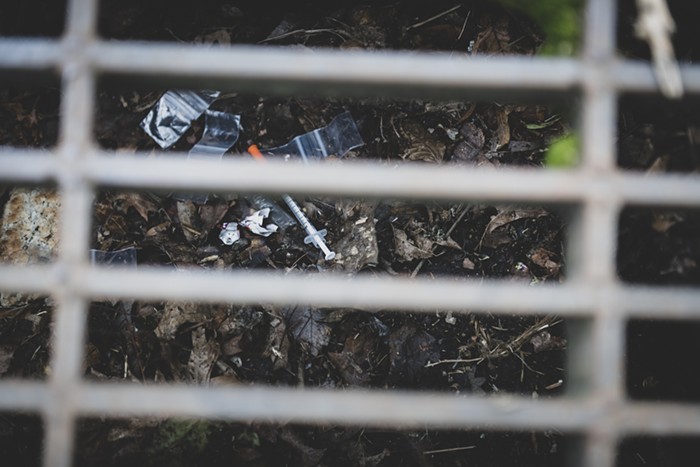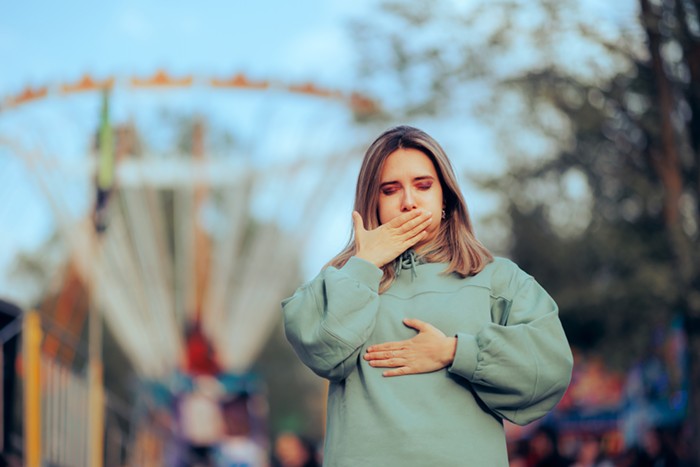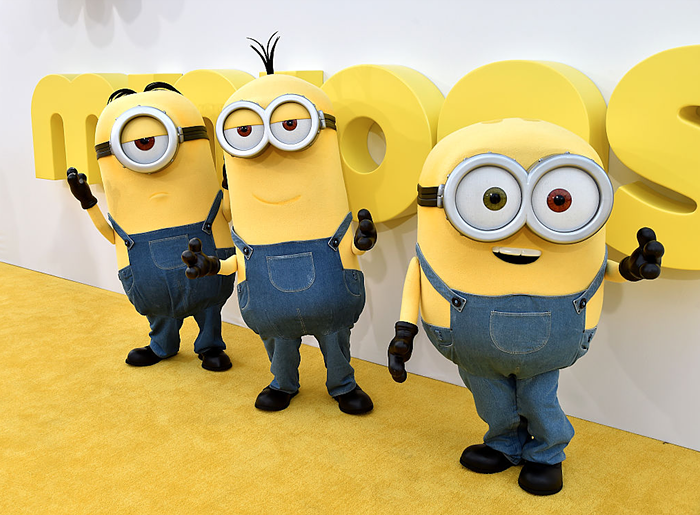THE BACK END of Crystal Schenk and Shelby Davis' collaborative installation "West Coast Turnaround" occupies the entryway of Disjecta—the installation is a life-sized 18-wheeler constructed of wood, a lot of white paint, and bright lights, and it initially looks like a white wall upon entering the arts center. This uncomfortable spatial bisection breaks away at the cabin of the rig, and into the central exhibition space for Portland2010, the Disjecta-organized, Cris Moss-curated, Oregon-focused, multi-location art biennial.
When people talk about biennials, they talk about "snapshots"—snapshots of a particular art scene, capturing the essence of the here and now. "I wanted [Portland2010] to be a smaller snapshot," says Moss, director of the Linfield College Gallery, who was brought on by Disjecta to curate Portland2010. With the simple goal of keeping things small and showcasing some of the hardest-working artists in Portland (and from around the state), Moss cropped his snapshot to encompass a handful, just 18 artists and collectives from the initial 300 considered.
While the curator is working with a refined group, he says the show is "large in scope." I couldn't agree more, especially when watching Schenk and Davis' truck shine its headlights into the main exhibition space at Disjecta. Here, Marne Lucas and Bruce Conkle present "Warlord Sun King," in which plants, rocks, and minerals hang from a fluorescent light fixture (like a mobile), while trash and plants are glued to the roof of the fixture; it hangs against a backdrop of tinfoil panels studded with sculptural and photographic elements.
Nearby, David Corbett's "Past Craft" (a drippy black tumbleweed of interconnected lines) shares the floor with Sean Healy's "Muscle Car Memory" (four see-through cinderblocks, painted in colorful racing stripes and arranged as if supporting an invisible car) and Schenk's "Have and Have Not" (a shopping cart walled with ornate stained glass work). Corbett says that his sculpture is all about structure, seeming to imply an over-complication within modern order. Healy says his work focuses on his hometown in upstate New York, "where the main employer was a GM plant" which crippled the town after layoffs.
While the works on display at Disjecta are impressive, they only make up a portion of Portland2010. Bryan Suereth, director of Disjecta, says he wanted this biennial "to breathe" where past local biennials didn't, and so he and Moss set up arms of the exhibit around the city, while staggering openings so people wouldn't get overwhelmed. The largest of these arms is at the Templeton Building—opening March 20—which I previewed last weekend.
Damien Gilley showed me the plans for his perspectival installation—lines of masking tape suggest a building along three co-joined walls, and various sculptural pieces aim to blur what is drawn and what is solid. Gilley hopes to create the feel of an "unfinished compound, somewhere in between an army camp or a housing development," which is intended to comment on "value speculation, especially in the housing industry." Other strong offerings include those of the Oregon Painting Society, John Brodie, Jenene Nagy, and Corey Arnold.
While I appreciate the spacious quality of Portland2010, the risk with a multi-location exhibit of this scale is "exhibition fatigue," as Suereth puts it—it'll take a lot of dedication to see everything in Portland2010. And the "everything" of this exhibit is largely a picture of Moss' tastes, rather than a complete picture of what's going on here and now. That said, Moss' picks are a mostly accurate "snapshot" of the local art scene that I believe Portlanders will be proud of for years to come.













